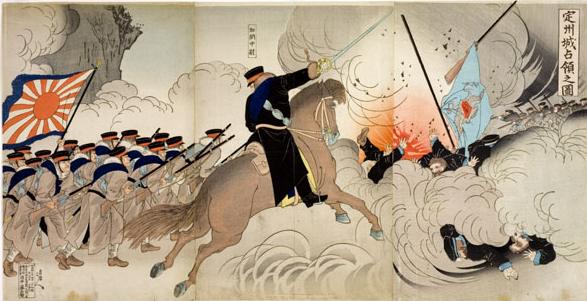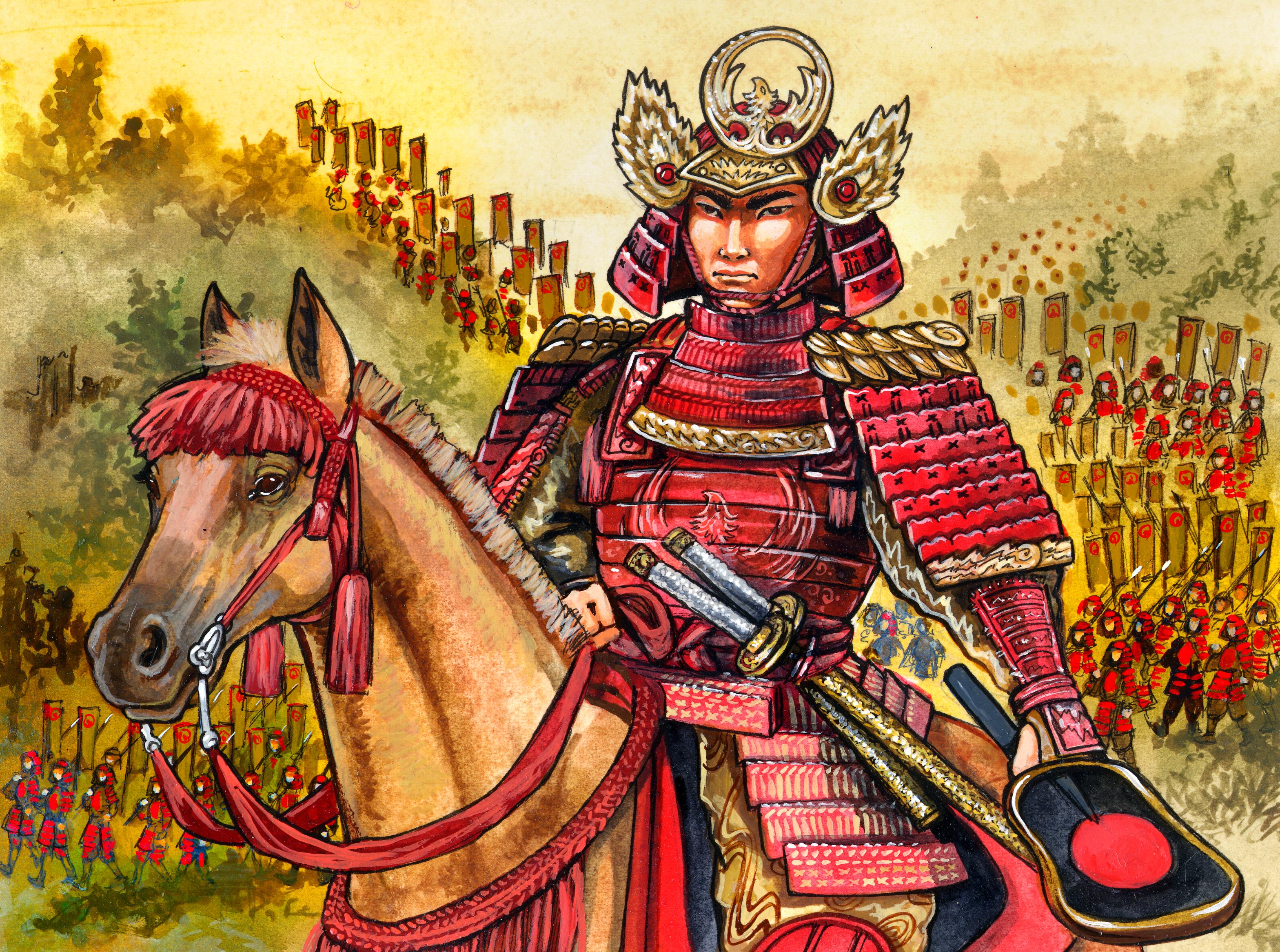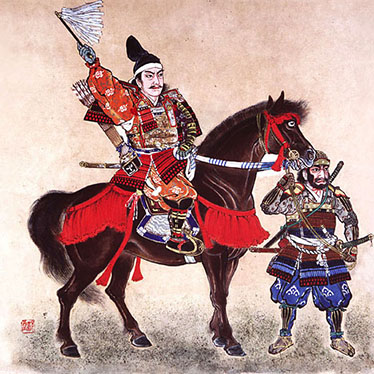
(Boney Bindra/ Money L) In the 19th century, societies on the Asian landmass were experiencing some major shifts.
Most pertinently, feudalism was losing its ground because of the emergence of the ‘Nationalistic and Communist’ theories.
Similarly, the feudalistic society of the 19th century, Japan, was under the spate of Nationalistic ideas.
Later, these ideas laid the foundation for the ‘Meiji Restoration’.

In the broader arena of Asian politics, Japan quickly adapted to the evolving political grounds.
Japan’s road to the enlightenment comes as a point of distinction; it was uncommon for a feudalistic society in Asia to experience the transition from Asian feudalism to modernity through the nationalistic process, it was more common for feudalistic society to be succeeded by a different form of social organization.
Social Transformation
In the same way, feudalistic society in China was replaced by a different set of social transformation in the shape of imperial rule.
Particularly, the course of Opium war, the political developments in the East-Asian region altered Korea’s look towards China regarding its Diplomatic Relations.

Traditionally, the political order in the East-Asian societies had earlier been shaped by the influence drawn from Chinese society.
Since we are focusing on the notion of western influences on the Korean society; we need to look into the policies of Meiji Japan which brought the ideas of imperial rule to the Korean shores.

To examine these shifts, this piece opens the floor with the discussion on the policies formulated during the Meiji period.
Furthermore, this article examines the role of socio-religious movements in Korea which acted as a catalyst to oppose the Japanese imperial rule.
The Meiji Restoration
The Meiji Restoration of 1868 brought the reforms pertaining to the idea of modernity.
An adaptation which distinction to seek the change was the adoption of the slogan “Enrich the country, strengthen the army” (Fukoku kyōhei).

Drawing the western influences this particular move aimed at creating a nation-state to compete for the western forces.
During this period Japan categorically drew influences from western societies such as the United States of America, The United Kingdom, Germany, France and other modernised.

European powers in the nineteenth century.
Changes brought in by the Meiji Restoration were evident through the Japanese way of life.
The Japanese government in the nineteenth century employed a number of western architects to adopt the western style of architecture.

Pertinently, during the Meiji period, ‘Shinto’ faith was declared as the state religion.
Beasts of No Nation
To look into this transition, one needs to look into the political setting of Shogunate in Japan. “During 1865, the Bakufu had to choose between war and peace in its foreign policy.”

With the arrival of U.S. Navy officer namely Matthew Perry at the Uraga Bay of Japan, the Americans forced the Japanese to open their gates for the trade.

However, the Dutch mercenaries who had been given the excess to conduct the trading activities in Japan had already alerted the Bakufu regarding the arrival of the American delegation.

This particular incident inserted an outward pressure on the Japanese society to allow the western mercenaries to operate on the Japanese soil.
The Samurai way of kingship
The Samurai way of supremacy, i.e. the Tokugawa shogunate, under shogunate Japan had experienced undisputed peace for more than 200 years.

However, the elite class of Samurai which had enjoyed the undisputed status in the Japanese society was experiencing stagnancy in their area of operations.
This military elite class became less effective to cope up with the changing political order.
Similarly, the Shogunate which relied on these feudal lords for the control of power found it difficult to manage the administrative work.

Interestingly, to challenge this weakening authority of Samurais, the young samurai leaders from the political houses of Honshu, Satsuma and Kyusu brought the young Meiji to the power.

This formally laid the foundation for the political shift in the Japanese society which was later realised during the Meiji Restoration.

Whatever may be the internal shifts the Meiji Government framework of modernity was not bounded to the social and cultural set up of its society but takes a global change towards its ‘modernization’.
End of the Beginning
This wholesome and global political and economic setup, though not capitalist, played an essential role in gaining hegemony in East Asian regions.
Being under the kingship and having a very indigenous political set up the move of Japan towards a more industrialized economy based polity gave them the authority later on to impose the same framework in the Korean soil. (Read the Next Part Tomorrow)





